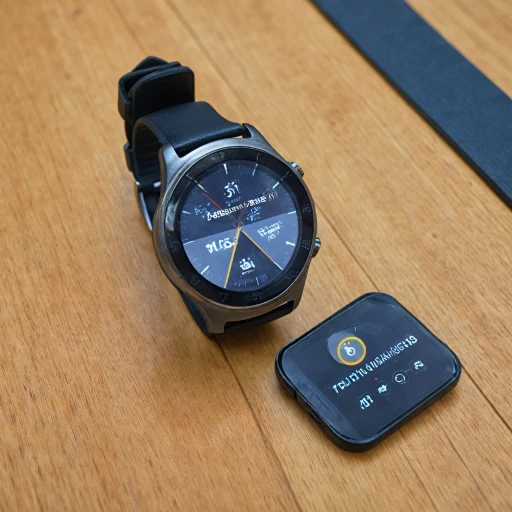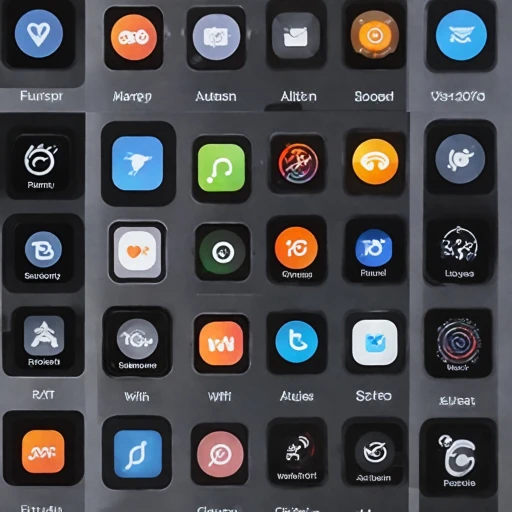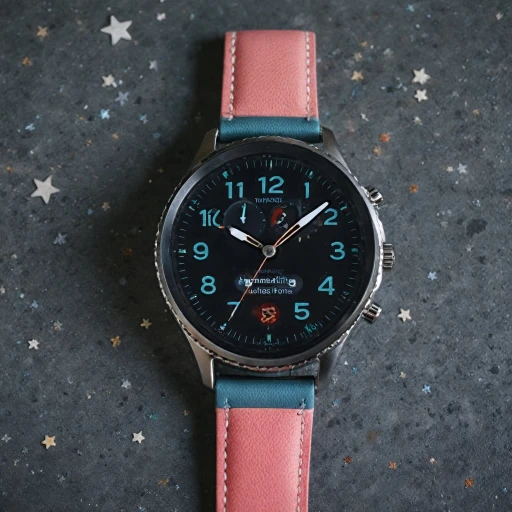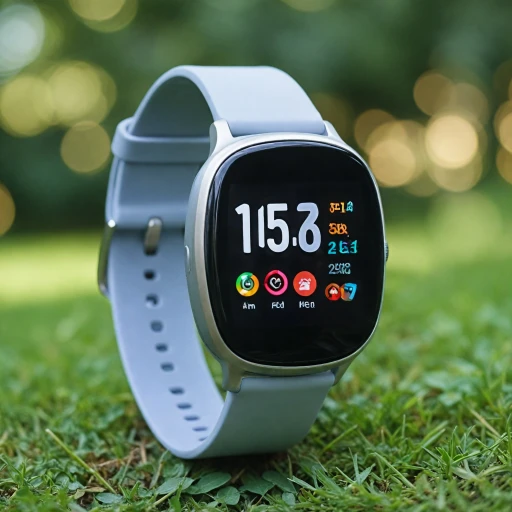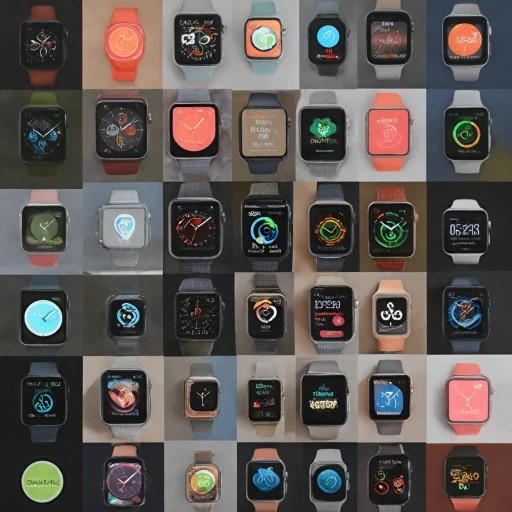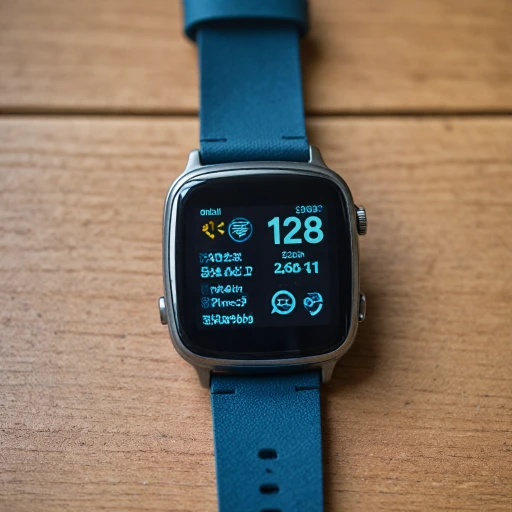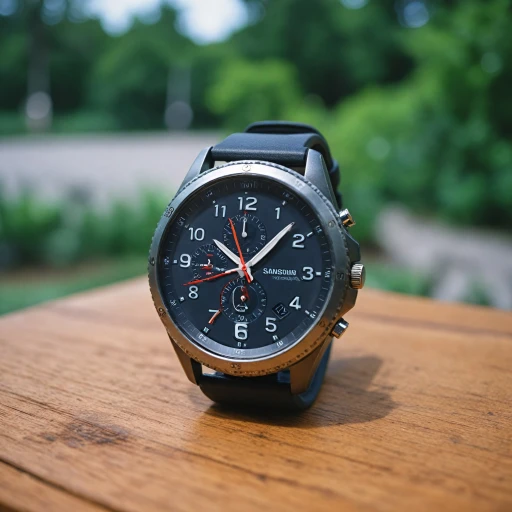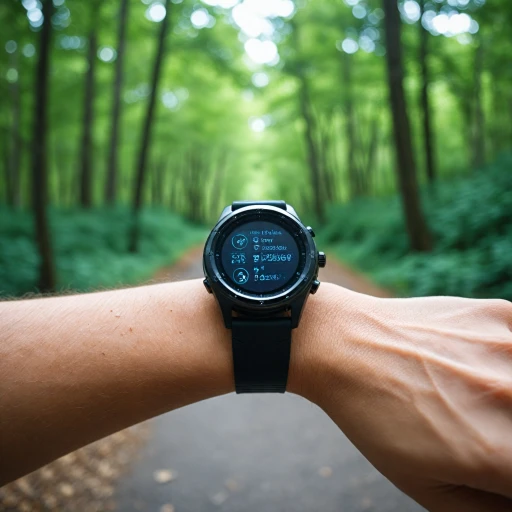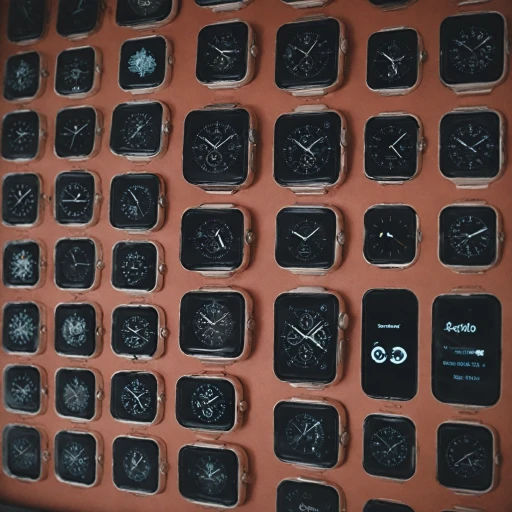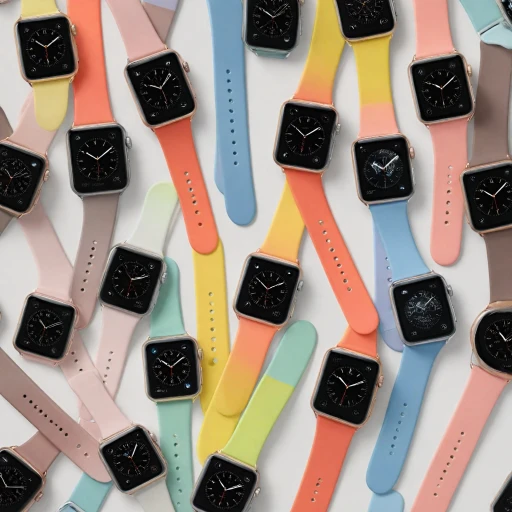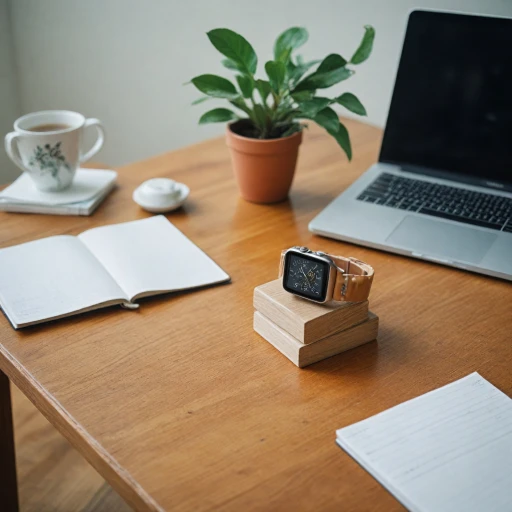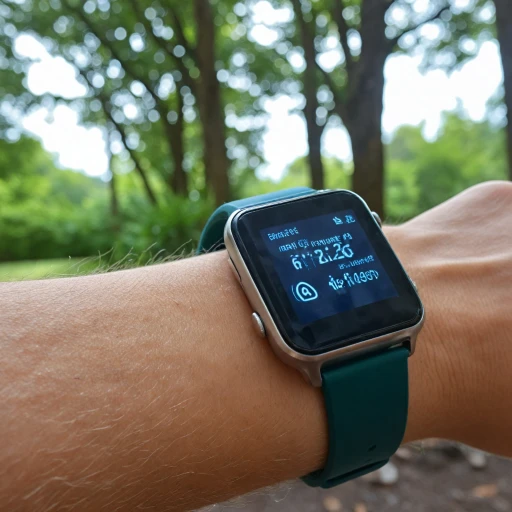
Understanding the fall detection feature
Delving into the Functionality Behind Apple Watch's Lifesaving Feature
To truly appreciate the protective capabilities of the Apple Watch's fall detection feature, it's important to understand how this innovative technology works. Primarily integrated into the latest watch series, including Series 8 and Ultra, fall detection uses a blend of advanced sensors and algorithms. Built-in accelerometers and gyroscopic sensors continuously monitor the user's movements and can detect sudden changes, such as a hard fall. Upon detecting such an event, the device triggers an alert, giving the user the option to call emergency services. If the user does not respond within a set timeframe, indicating a possible inability to move or access their device, the watch automatically places an emergency call and sends a medical alert notification to pre-registered emergency contacts. This process feature operates optimally with GPS cellular models, though all versions benefit from this safety net when paired with an iPhone. Moreover, fall detection enhances the well-being of its wearers by seamlessly integrating with other health features, such as heart rate monitoring and sleep apnea detection, to provide a holistic health monitoring system. As personal medical guardians on your wrist, these devices exemplify the convergence of health technology and everyday conveniences. A robust feature set and positive reviews underscore the device's effectiveness in emergency monitoring. Users often express gratitude in online appraisals for instances where their Apple Watch proved instrumental during critical times. For a personal touch with your device and to access a myriad of features, including the option to customize your Apple Watch face, explore how to personalize your Apple Watch face.Who benefits most from fall detection?
Optimal Users of Fall Detection
The Apple Watch's fall detection feature has become a significant asset, especially for certain groups that prioritize health and safety. Primarily, older adults or those with medical conditions such as sleep apnea or cardiovascular issues benefit immensely from this feature. In situations where a hard fall might result in disorientation or inability to call for help, the watch automatically notifies emergency services, offering a crucial safety net.
Other users who stand to gain include athletes engaging in high-impact sports and outdoor adventurers. The Apple Watch's integrated GPS and health features continuously monitor and report vital statistics like heart rate. By doing so, it adds a layer of security during physically demanding activities.
Additionally, this technology is immensely valuable for caregivers and family members. With the watch series' ability to notify emergency contacts in case of a fall, it offers peace of mind. This interconnected alert system ensures they stay informed and respond promptly, preventing medical situations from escalating unnecessarily.
For everyday users, the Apple Watch also delivers consistent monitoring and emergency SOS functionalities, enhancing the appeal of the device beyond its stylish looks. Whether through reviews or direct feedback, users have consistently praised this feature for its intuitive emergency alerts and efficient GPS cellular technology.
How to set up fall detection on your apple watch
Setup Instructions for Activating the Protective Features
To ensure your safety, setting up the fall detection feature on your Apple Watch is crucial, especially if you want to leverage the medical alert capabilities it offers. The process is straightforward and can be done in just a few steps using your iPhone.- Ensure Compatibility: First, confirm that your Apple Watch supports fall detection. This feature is available on the Apple Watch Series 4 and later, including models with GPS and GPS Cellular options.
- Pair with Your iPhone: Make sure your Apple Watch is paired with your iPhone. This connection is vital for using the emergency SOS feature and alert notifications effectively.
- Open the Watch App: On your iPhone, open the "Watch" app. This is where you’ll find various health and safety features.
- Access Emergency SOS Settings: Navigate to the "My Watch" tab, and tap "Emergency SOS." Here, you have the option to enable fall detection.
- Enable Fall Detection: Toggle the "Fall Detection" switch to activate the feature. If a hard fall is detected, your Apple device will notify you, and if no response is detected, it will automatically call emergency services.
- Set Up Emergency Contacts: To personalize your alerts, you can add emergency contacts. Any detection of a fall will alert these contacts, providing them with essential information quickly.
- Test the Features: It's always a good idea to familiarize yourself with the fall detection emergency services by doing a test call. This will ensure that all features, including alert notifications and call settings, function correctly.
Real-life scenarios where fall detection made a difference
Real World Impact of Apple Watch Fall Detection
In the realm of smartwatches, Apple's fall detection feature stands out not only for its technology but its ability to make a tangible impact in real-life situations. Users of the Apple Watch have reported life-saving moments thanks to this innovative feature.
In instances where a hard fall is detected, the watch performs admirably by utilizing its suite of sensors and technology, such as accelerometers and gyroscope, to discern the severity and nature of the fall. Once confirmed, it provides an alert to the user, allowing a prompt response if they are able. Should the user remain unresponsive, Apple Watch automatically engages emergency services. This prompt action can be critical in medical emergencies, ensuring that help is on the way even if the wearer cannot initiate further action themselves.
Moreover, the fall detection feature is enhanced when paired with GPS cellular functions. In scenarios where the user is out of their home, this aspect of the Apple Watch allows emergency services to locate the wearer swiftly, based on GPS data, providing yet another layer of safety. Family members or designated emergency contacts are also alerted through the Apple device, maintaining a safety network of sorts.
These incidents showcase how the Apple Watch does more than just tracking health indicators like heart rate; it acts as a virtual guardian during unexpected events. The watch series continuously evolves, with improvements in detection technology enhancing its efficiency and reliability.
Smartwatches with advanced health features, like the Apple Watch, provide not just monitoring and data collection but actionable intelligence that can significantly diminish the risks associated with falls, particularly for users with conditions like sleep apnea or those needing medical alert systems.

